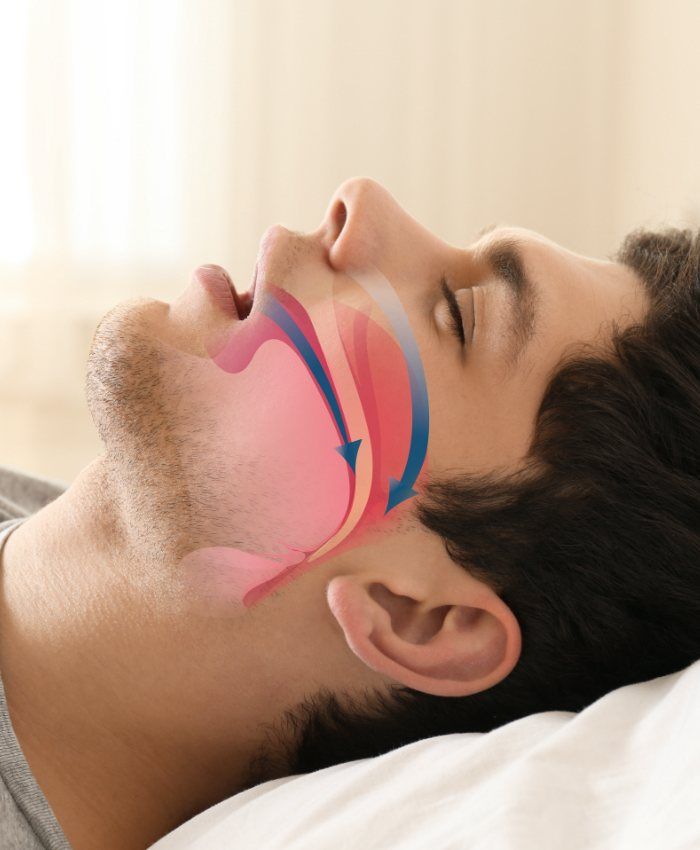Obstructive Sleep Apnea Denver
Understand Important Facts about OSA

When people talk about sleep apnea, they are usually talking about obstructive sleep apnea (OSA), which is the most common form of this disorder. Millions of people struggle with it. Sadly, though, many individuals do not understand important basic facts about this condition. What should you know about OSA? This page shares some key information. It also gives practical advice that can help you determine when to seek professional assistance for sleep problems.
What Is Obstructive Sleep Apnea?

All types of sleep apnea are characterized by repeated pauses in breathing (or episodes of reduced breathing) during sleep. In particular, obstructive sleep apnea occurs when tissues in the upper airway, such as the tonsils or soft palate, block the free flow of air. This can happen as the muscles over-relax during sleep.
A healthy sleeper has fewer than 5 episodes of reduced/paused breathing per hour of sleep. People with mild OSA experience 5 – 15 episodes per hour, while moderate OSA is defined by 15 – 30 episodes per hour. People with severe OSA may stop breathing more than 30 times per hour. That can amount to hundreds of episodes in a single night!
Causes of Obstructive Sleep Apnea

OSA is always caused by a blocked airway, but what factors can contribute to that happening? Here are some of the most common:
- Anatomical abnormalities, such as a deviated septum, enlarged adenoids, or a narrow upper jaw.
- Obesity, especially when extra fatty tissue causes a larger neck circumference.
- Smoking, which can irritate the airway and cause inflammation.
- Nasal congestion that forces a person to breathe through their mouth.
- Hormonal changes, such as what may occur during pregnancy or menopause
- Loss of muscle tone, which commonly occurs as a person reaches their senior years.
Possible Complications of Obstructive Sleep Apnea

OSA can be a major factor in several serious health problems. For example, it may increase your risk of:
- Drowsy driving and motor vehicle accidents
- Workplace incidents
- Heart attack or stroke
- Hypertension (high blood pressure)
- Type 2 diabetes
- Heart disease
- Daily exhaustion
- Moodiness, irritability, and emotional disorders
- Unwanted weight gain
- Bedwetting or frequent nighttime urination
- Loss of libido and sexual dysfunction
- Morning headaches
- Memory loss and dementia
Fortunately, the risk of such issues can be significantly decreased through timely OSA treatment.
When Should You See a Doctor?

You should consult a doctor whenever you are concerned about the quality of your sleep. Here are some signs that you may require professional care:
- You snore frequently and loudly.
- Your partner has observed that you sometimes stop breathing during sleep.
- You frequently feel tired despite sleeping for 7 – 8 hours.
- You often wake up with a headache or sore throat.
When you visit your care provider, they will ask about your symptoms and how they are affecting your daily life. Based on the information they gather, they can recommend your next steps, which may be a sleep test. If you are diagnosed with sleep apnea, you can start to explore your treatment options, such as oral appliance therapy.